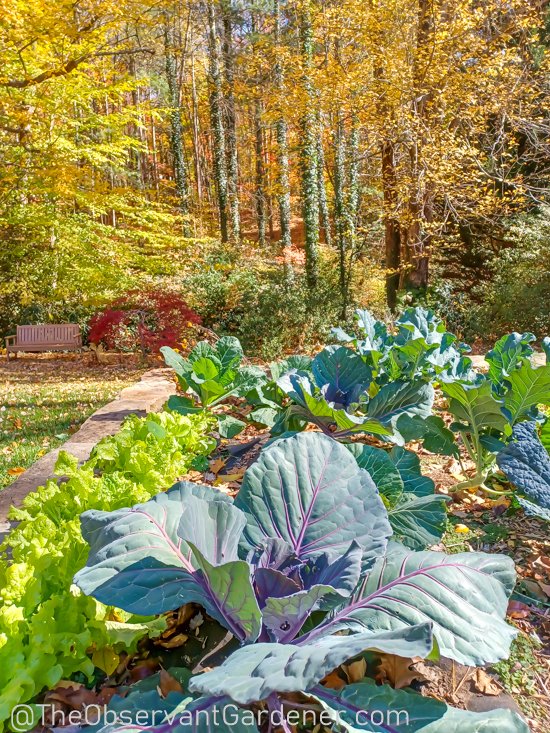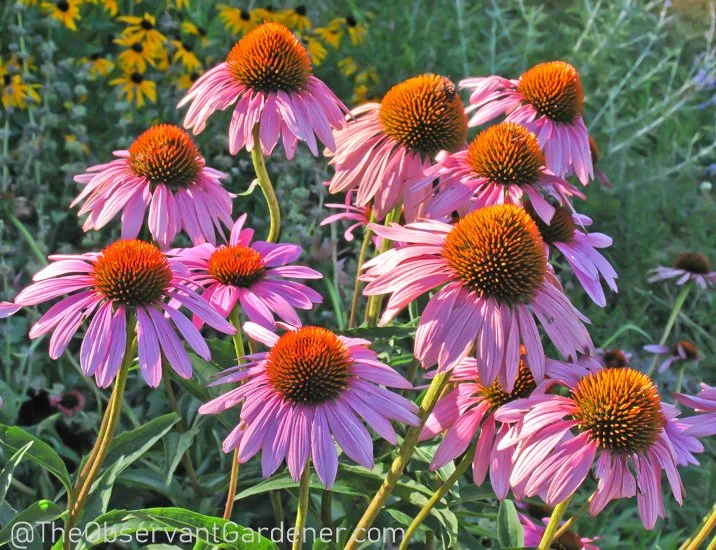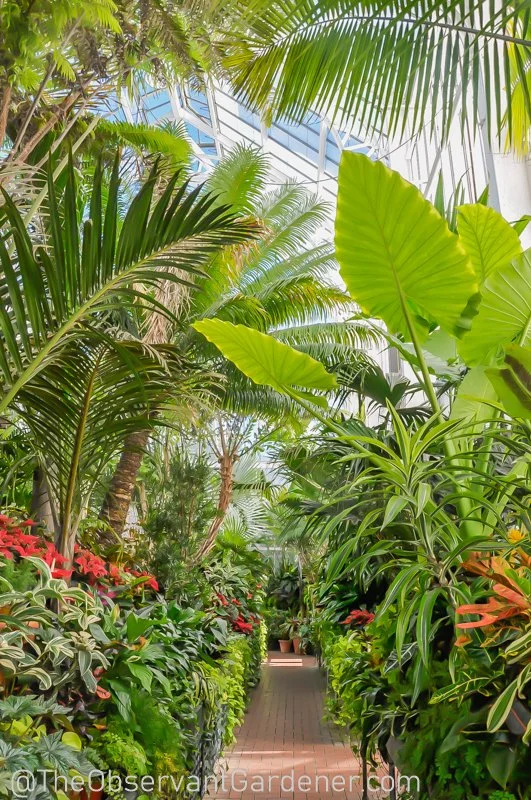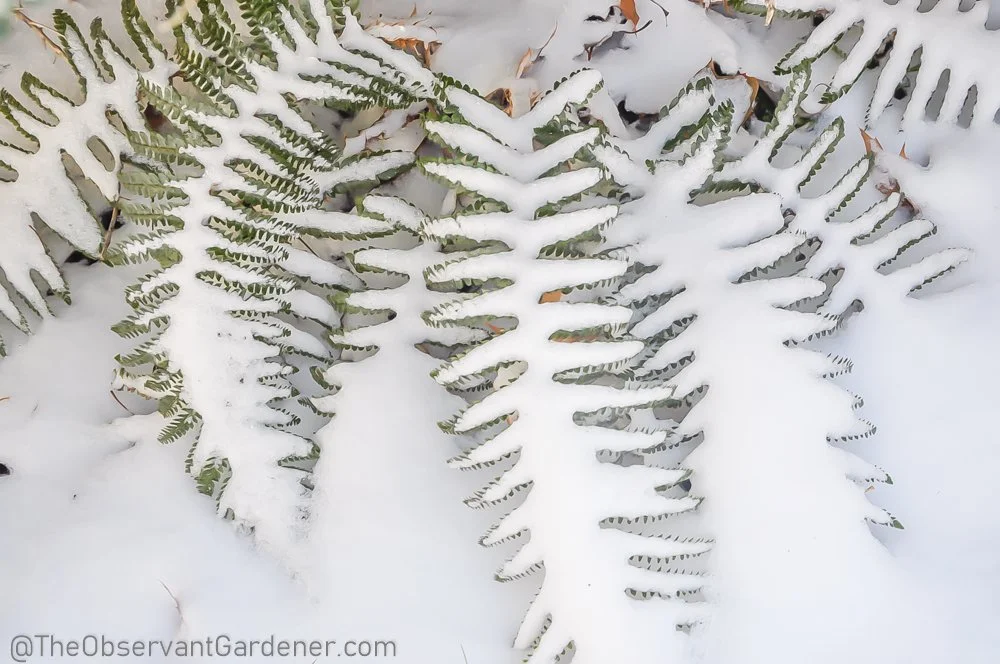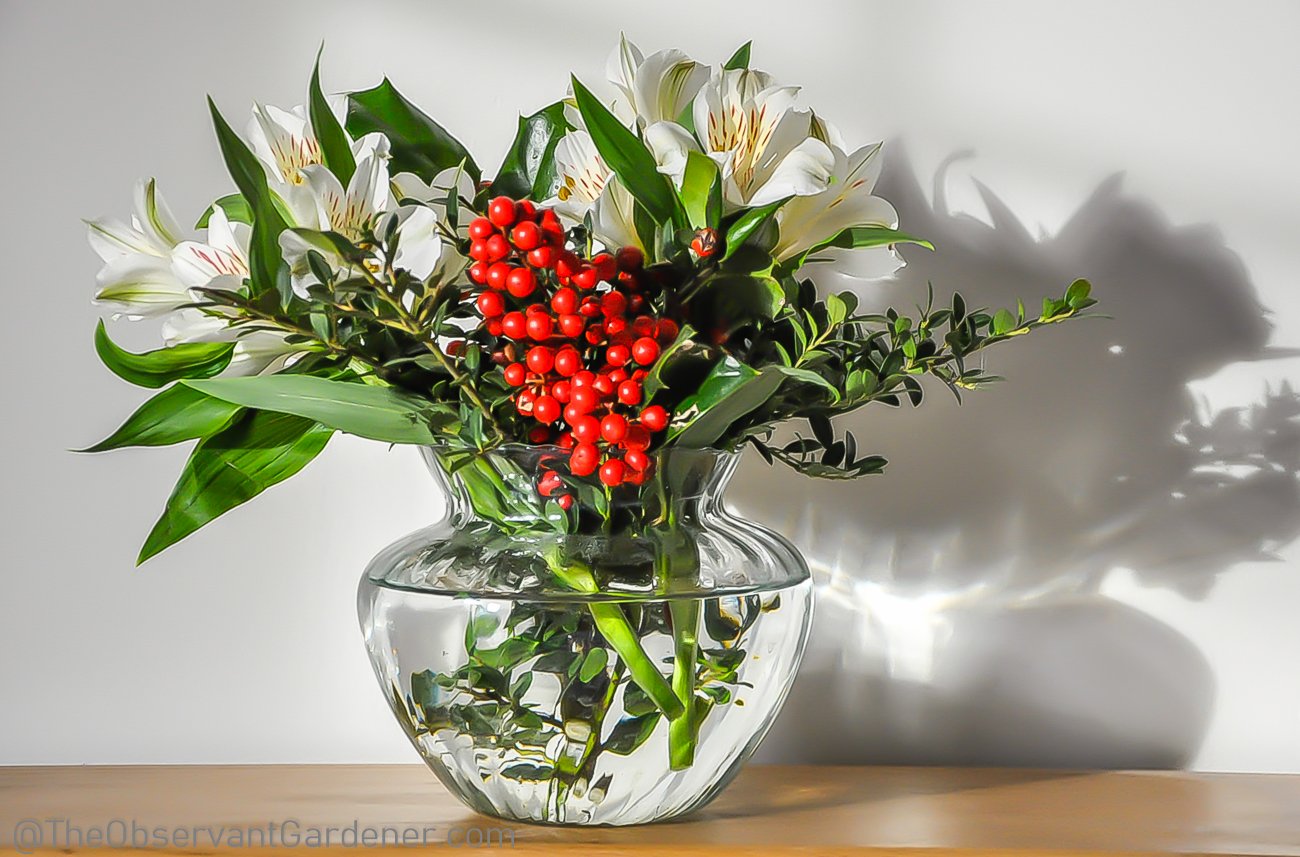Autumn is a second spring when every leaf is a flower. - Albert Camus
Autumn heralds many changes in the garden. Once October is underway, the changes become dramatic as we move quickly into the fall season. The days become shorter, and cooler temperatures for both day and night bring relief in many ways. The intense heat of summer fades, so it is easier to work outside for longer periods. Destructive insects die off so that cabbages and other fall vegetables have a chance to thrive without lacy patterns chewed into their leaves.
Many Vegetables Grow Well in the Fall
By October, the cool weather seedlings that I bought at my local garden center in August are a good size. I like to grow broccoli, lettuce, cauliflower, red cabbage, Brussels sprouts and kale. I buy seedlings because starting these plants from seeds in August doesn't allow enough time for them to mature before the cold weather begins. I have always been pleased and somewhat surprised that these seedlings grow so well in the fall.
My favorite plant of all of the cool weather vegetables is the magnificent red cabbage with its enormous leaf span. When I plant the tiny seedlings in mid-August, I have to remind myself to give them plenty of space, because by October the blue leaves with their red veins spread wide across the ground. As the handsome leaves unfurl and reveal a cabbage head in the center, insects do not eat them. Even with the cold temperatures of November and December, this plant survives beautifully and the head is delicious to eat.
Another change in the fall is that weeds no longer have the tenacious hold they have during the summer. Most have dried up and died, making them easy to remove. Some weeds have been covering important pathways, so I weed these areas first so I can see where I am going. I can then extend my weeding to other areas of my garden beds.
The Benefit of an Autumn Garden
An autumn garden also provides an important emotional benefit. By early November the leaves are falling from the trees and the winter landscape emerges. While I always admire the bare tree branches, they are a stark reminder of the approaching winter. As a contrast, my autumn garden is green and lush! The large and handsome cabbage and broccoli plants remind me that there is more growth to enjoy before winter arrives.
The cooler October temperatures allow additional opportunities for garden chores like dividing perennials and removing dead plant material. I use this time to cut back plants like peonies. They have finished for the season, so I pile the removed foliage in the back of the yard for creatures that will need shelter over the winter. It is also the perfect time to install new plants because the soil is still warm but the days are cool.
In October I always feel a bit wistful because the earth has visibly changed and summer is gone, but I appreciate extending the growing season with my autumn garden. Are growing vegetables this fall? Please let me know which ones in the comments below!
Judith Canty Graves is an Asheville gardener with a background in photojournalism. This article appears in The Laurel of Asheville. Follow @TheObservantGardener on Instagram to see new garden photos daily.

